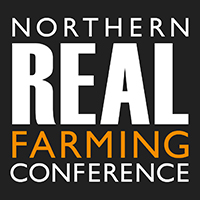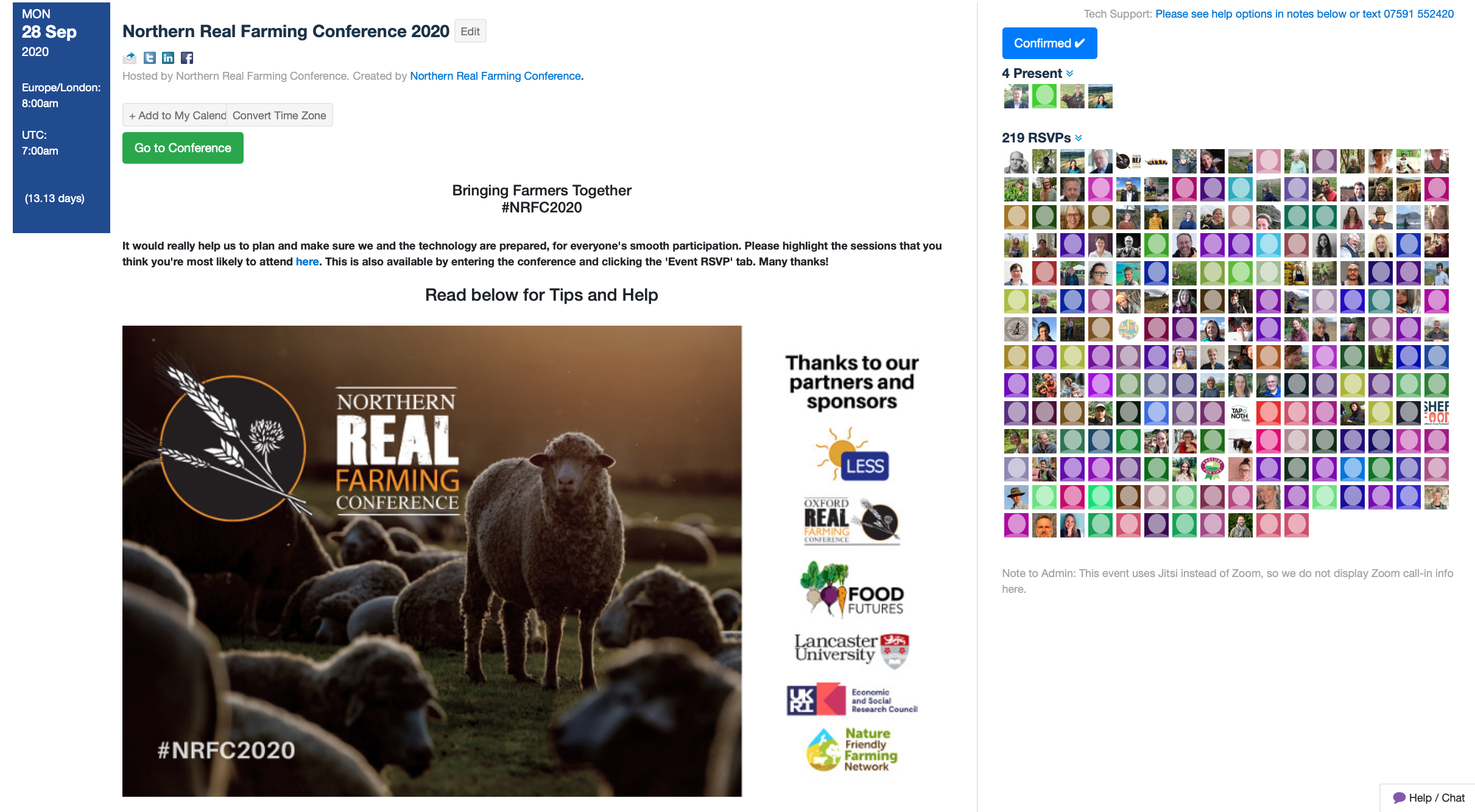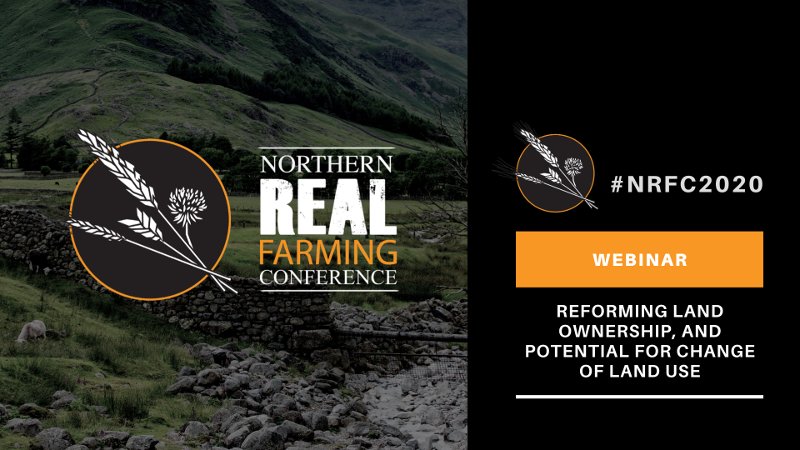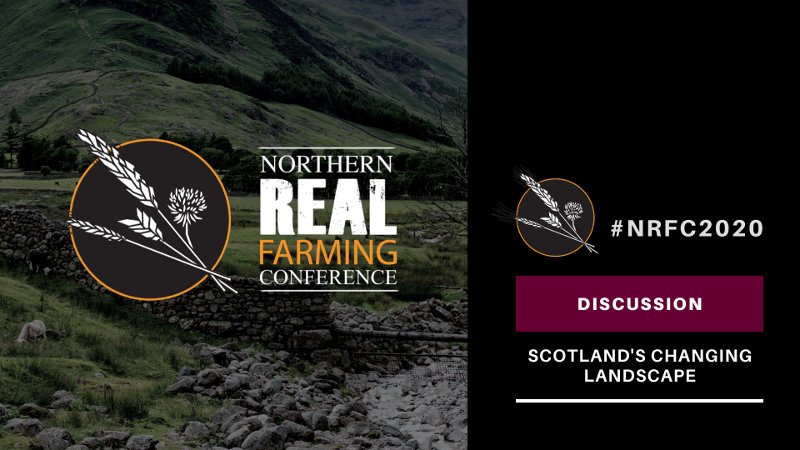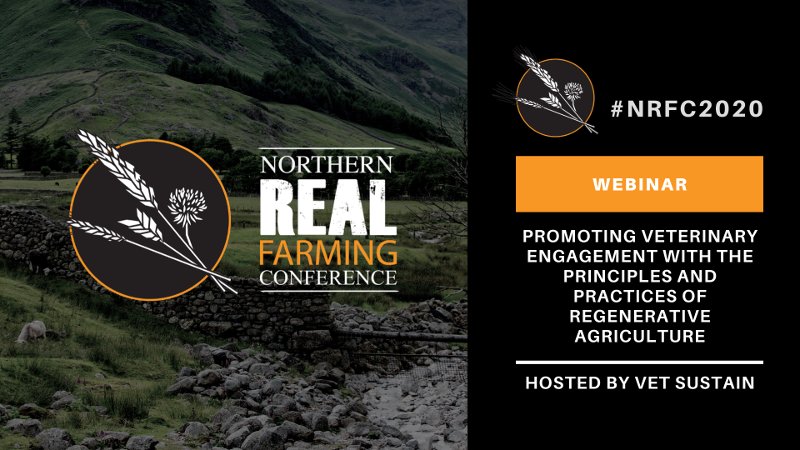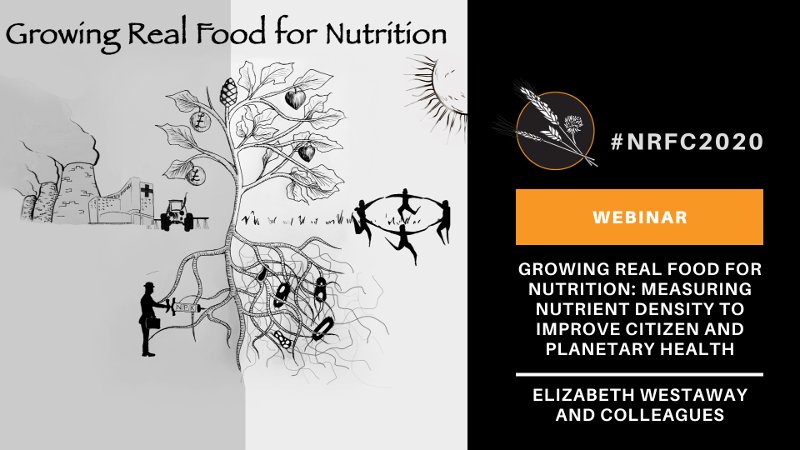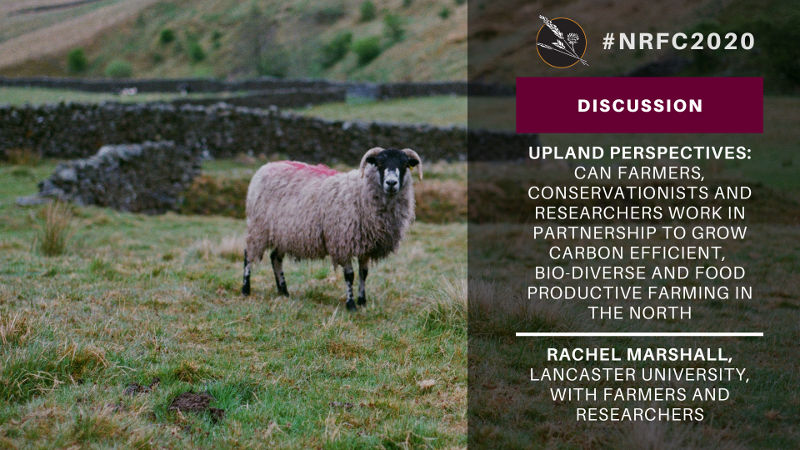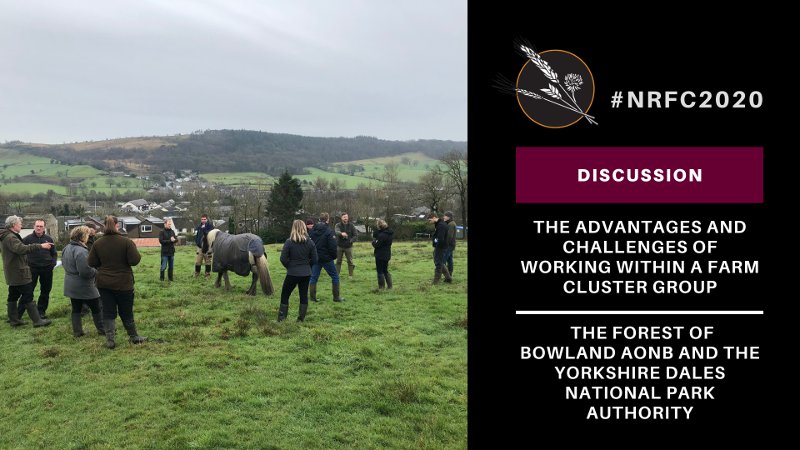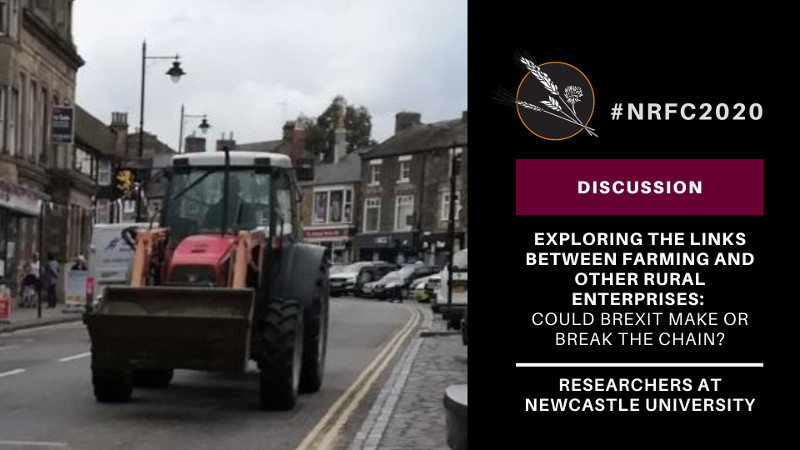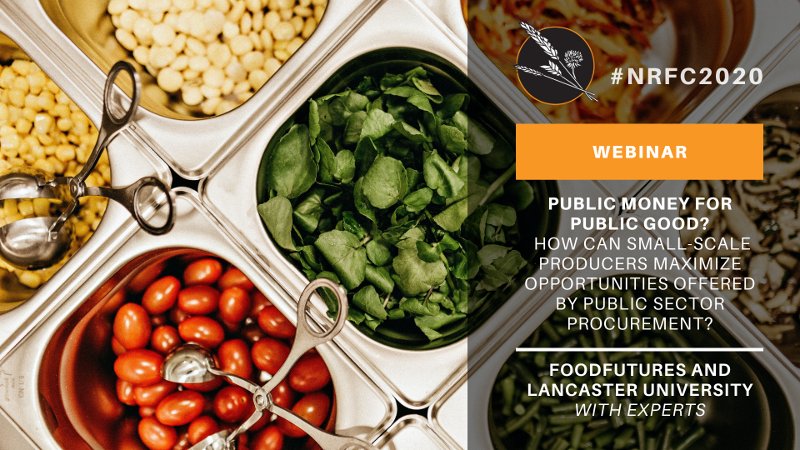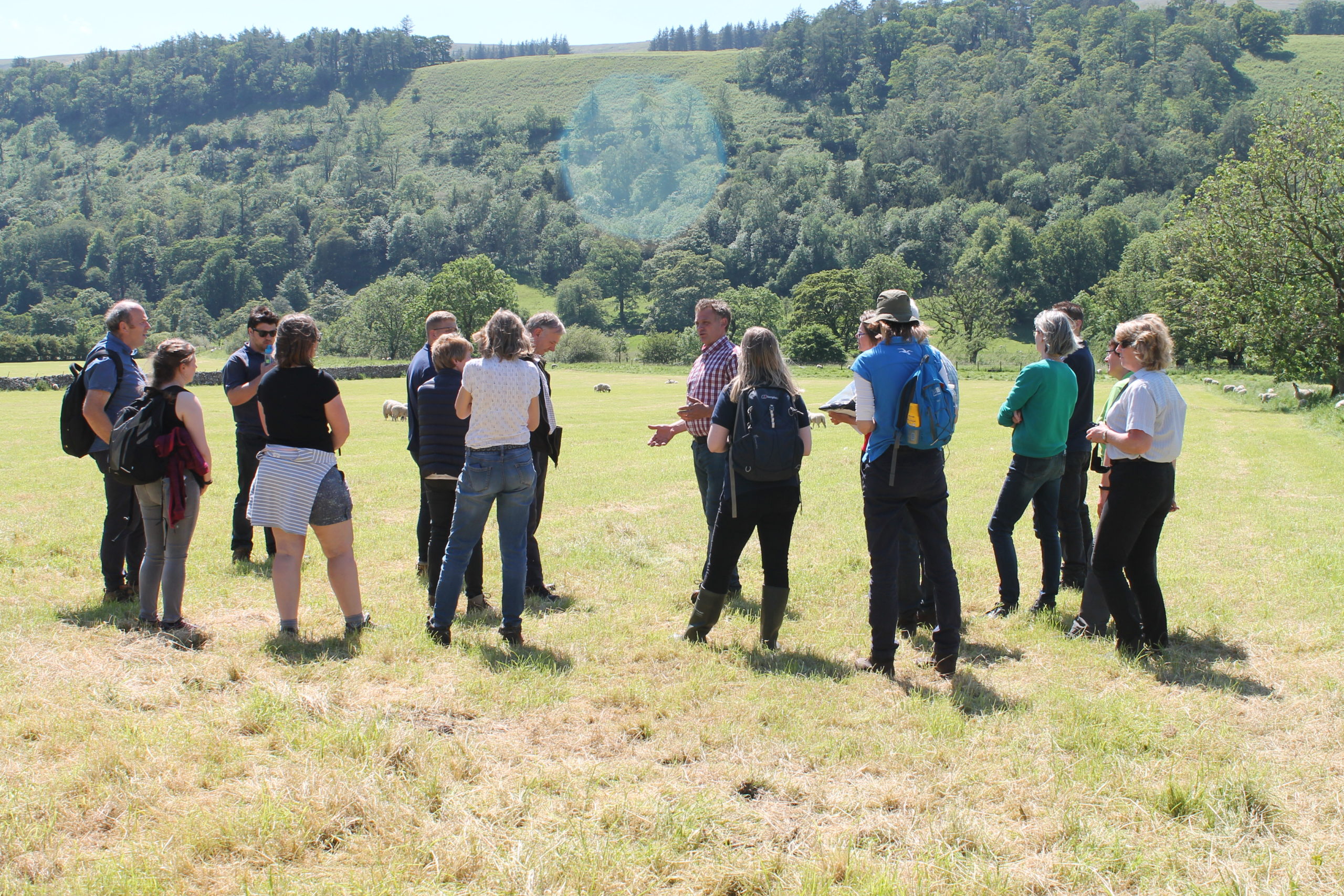Read the FoodFutures blog post on next steps for the NRFC.
Reforming land ownership, and potential for change of land use: session outcomes
Inequity of land ownership is a common theme across the British Isles, but no more stark is the situation than in Scotland. This is perhaps why the movement towards land reform in Scotland has much more momentum than in other parts of the UK, but in this session we wanted to make clear that Scotland need not be an exceptional case in Britain – land ownership and management can be reformed in England and Wales, too!
We first heard from two members of Scottish Land Commission, an agency set up by the Holyrood government in an act of law that passed in 2016, to describe the overarching narrative of land reform in Scotland: where it’s come from, where it’s already been and where it’s going next. They summarised what they do on a daily basis, as well as some of their recent work – such as the world’s first Land Rights and Responsibilities Statement. Following on, we heard from two representatives from the Falkland Estate in Fife, where land reform has been a very alive and kicking process underway for many years now. Ninian, the hereditary owner of the estate, shone a light on his perspective of ancestral land ownership and his willingness to transition the whole estate into community ownership, whilst Adele, a collaborator and resident of the village, described her involvement and her vision for a regeneratively-designed culture shift in Falkland.
The central theme that seemed to arise was “What can I do?”. The SLC affirmed that whilst their work directly applies specifically to Scotland and that is the limit of their remit, they have come up with some principles, protocols and frameworks which could be directly applicable to any part of the UK, perhaps any Land Commission in the world. It was also highlighted that the Labour party under its previous leadership with Jeremy Corbyn seemed to have a keen interest in Land Reform, whilst it seems a new Land Commission has recently emerged in Liverpool. We also discussed the degree to which Ninian’s story could be seen as exceptional to the mainstream narrative and, whilst that may currently be true, it is undoubtedly part of the SLC’s agenda to make the story of reforming the Falkland Estate closer to the new normal than any story of land ownership that has gone before. Many folks left feeling very inspired, and some even wanted to make a film about it!
You will be able to watch the recording of the session here.
Scotland’s Changing Landscape – exploring the tensions between farming, forestry and rewilding in the uplands: session outcomes
Whether you’re a farmer or a conservationist (or both!), tensions abound in the rural – and particularly upland – landscape at the moment with multiple pressures on land use. In the context of a rapidly and radically changing economic and political landscape, we wanted to hold a space for land managers from all walks to voice their concerns about the changing landscape in Scotland.
The panel comprised of a conservation manager from a rewilding charity based near Loch Ness, in the heart of the Highlands; a forester-cum-farmer based on the southern edge of the Highlands; and a moorland conservation consultant and farmer in the Southern Uplands of Galloway. This diversity of perspectives from the panel, which was only enlargened by our wonderful and highly engaged participants, led to a well-rounded discussion that broached the issues of community empowerment in local land management, food and fibre production, ecosystem services and a lot more.
The central theme was around integrated land management, but not simply as a nice term to put in policy papers but as a practical approach that is being trialled on the ground in farms, woodlands, moors…wherever! Rewilding and agroforestry besides, particular interest was taken in the example of Galloway where huge changes are taking place at an unfathomable and largely irreversible rate. It served as an example of what happens when one policy (in this instance, Sitka spruce planting) overrides all others to the detriment of all stakeholders concerned in the short, medium and long term. One of the main takeaways seemed to be to look at what is happening in Galloway, really scrutinise the situation and try and learn the lessons before the mistakes are repeated elsewhere. As one panelist said, “It’s no surprise that the conversation opened more doors than it closed (did it close any?!).”
You will be able to watch the recording of the session here.
Promoting veterinary engagement with the principles and practices of regenerative agriculture: session outcomes
Vet Sustain are a recently formed organisation championing sustainability in the veterinary profession: our mission being to enable and inspire veterinary professionals and members of the vet-led team to help secure the wellbeing of animals, people and the natural world – through our own operations and in the sectors we influence.
Our session was chaired by Laura Higham, founder of Vet Sustain, and facilitated by Neil Heseltine, regenerative Yorkshire Dales farmer and much more besides!
We had three speakers. We started with Simon Doherty presenting the breadth and depth of Vet Sustain’s work, shaped by our six Veterinary Sustainability Goals. Our second speaker, Alex Tomlinson, spoke about the central role of ecological complexity, and how managing for greater complexity can be used as a framework for ecological restoration and food production, while caring for people, livestock and wildlife. Our final speaker, Rob Howe, took us to the farm – discussing his work on engaging farmers with the principles of regenerative agriculture though integrated parasite control planning – dung beetles being the star of the show. Rob ended his presentation with a light-hearted, but really powerful film starring several dung beetles – a very fitting end to the presentations.
There was terrific engagement on the chat from the session participants. Discussion points included: environmental impacts of parasiticides; intervention practices such as calf disbudding; immune responses to parasites; the importance of ‘words’ and terminology in engaging both vets and farmers; and liver fluke (which could have gone on for hours! 😊).
We were delighted with the engagement in the session. Our aim going forwards is to develop toolkits for farm vets to support sustainable and regenerative farming, and find innovative ways to engage with practising vets to maximise uptake of these ideas and principles.
Thanks NRFC for giving us this opportunity, which has not only allowed us to present our work, but has helped us formulate our own ideas about how to progress.
You will be able to watch the recording of the session here.
Growing real food for nutrition: measuring nutrient density to improve citizen and planetary health – Session Outcomes
Background summary
Five panellists each delivered a short presentation covering the global perspective on the double burden of malnutrition; how to measure nutrient density using a hand held refractometer and results of a mini study on UK Brix testing (2019); the concept of paying farmers for nutrition per acre; making your own biofertilisers using woodland leaf litter as a starter; and the increased production of essential omega 3 fatty acids in meat and milk from cows fed on pasture. A sixth presentation by Dan Kittredge of the Real Food Campaign (USA), which had to be cancelled at short notice, would have covered the Bionutrient meter and results from 2019 on the testing of over 4,000 food samples for nutrient density, along with the soils they were grown in.
Summary of discussion points
Conversations around nutrient density have been increasing in the UK over the past couple of years. The current method of assessing nutrient density uses Brix values (a measure of the total solids in a liquid) and many questions were asked about the science behind this. Brix values are only intended as a crude indicator of nutrient density relating to ‘poor’, ‘average’, ‘good‘ and ‘excellent’ levels on the Brix Table, which are associated with favourable qualities in healthy food/soil, namely: better taste, higher yields, absence of pests and diseases, and longer shelf life. Taste was described by Patrick Holden as perhaps ‘the best technology we have to assess food quality’, and this observation was corroborated by Matthew Adams’ mini study of Brix testing in England and Wales from 2019 which showed an association of Brix values with taste. There was also a lot of interest in Matt Dunwell’s presentation on biofertilisers and soil health, Gillian Butlers’ research on pasture-fed cows producing better quality (healthier) meat and milk, and the role of sustainable healthy diets in transforming food systems, presented by Elizabeth Westaway. Additionally, Dan Kittredge’s work in the USA to develop a Bionutrient Meter will help generate more interest in nutrient density, as wide nutrient variation is obtained for the same foods and scientists are beginning to ask why?
Actions, themes, ideas to take forward
All agreed there is a need to know more about nutrient density, to disseminate the research findings on pasture-fed meat and dairy, share updates on the Environmental Land Management System (ELMS) trial, provide training courses on soil health, increase awareness of all actors in the food system on nutrition and health, and to continue speaking at conferences. In addition, Growing Real Food for Nutrition will commence a nutrient density growing trial in 2021 and contribute samples to help develop the Bionutrient Meter.
It was suggested that a panel is formed to bring together areas of interest on nutrient density, including farming regeneratively, true costs of production, assessment and measurement, science and policy-related work.
You can watch the recording of the session here.
Upland perspectives: can farmers, conservationists and researchers work in partnership to grow carbon efficient, bio-diverse and food productive farming in the North. Session outcomes
In this session we were wanting to understand what initiates and enables farmers to make changes in their farming to farm in a more regenerative way (in ways that benefit nature, ecosystems and society). Everyone has a different journey and the interactions between different communities of practice (whether this be other farmers, professional conservationists, researchers) can help or hinder this journey. What encourages and enables farmers to see the potential for improvements for wildlife? What can we do to help the process? We created on online space for lively discussions in small groups to explore these questions.
A huge range of ideas and perspectives were generated from the discussions and the notes from the breakouts along with will be available to view through the conference website. Inspirational practice was shared, as well as reflections on what it was that made relationships between farmers and conservation advisors really work. The barriers to change identified include practical considerations around how agri-environmental policies are implemented to the risks for farmers in making radical changes, to concerns around the lack of integration of ecology and environmental stewardship in traditional training and education routes for farmers.
What was really positive is that the discussion generated a very rich mix of ideas for what there was to build on and what more was needed. The value of human connection and stories was clear with a need to listen, observe and learn from different communities and perspectives. There are already some really valuable networks and organisations working to bring people together to learn from each other. These allow farmers to have positive interactions with conservation professionals and others who are able to offer support and advice whilst understanding limitations and challenges of a situation.
Looking forwards people felt they wanted more:
- Funding and support to enable farmer-conservationist interactions. Building trust and communications and more groups focussed on mutual learning
- Integration of agro-ecological/conservation/regenerative approaches into events, training and publications run by already existing groups such as The Farmer Network, AHDB and others.
- Training for young farmers at colleges and Universities on the environment and training for conservation students in farming – more farm visits and inspiration. Teaching listening, observing and respecting in both types of course
- Funding support and everyone putting time in to help and encourage farmers to showcase their environmental achievements to other farmers and the public
You can watch the recording of the session here.
The advantages and challenges of working within a Farm Cluster Group: a discussion: Session outcomes
There is a view that facilitated cluster groups can be a very effective way of building good relationships with farmers, providing interesting and relevant training and encouraging landscape scale action and delivery. There have been many case studies from the South of England, but much less discussion of the particular issues for groups in the uplands – in terms of how groups operate, how they can be funded and how delivery (in addition to training sessions) can be achieved.
Topics covered:
- Best bits and challenges of group work
- Outcomes which can be achieved through group working
- Advantages of membership of a cluster group
- Ways forward including funding farmer cluster group working
This session started with an overview of the Countryside Stewardship Facilitation Fund followed by presentations that provided a summary of 3 Facilitation Fund groups based in Northern England; Pendle Hill Farmers Network, Lunesdale Farmers Group and Wensleydale Farmers Group.
The group members met for a combination of indoor and outdoor events guided by a steering group made up of the facilitator, key partners and farmer members. On average 8 group events are held per year on topics including:
- Soil health & management on-farm events
- Countryside Stewardship (CS) workshops
- NFM measures farm walks- leaky dams, hedgerows, ponds, low earth bunds, woodlands
- Wensleydale ‘Payment by Results’ and National Trust ‘Payment for Outcomes’ farm walks
- Managing rush encroachment and land for breeding waders
- Integrated parasite management
- Farm Carbon Toolkit
This was followed by contributions from 3 of the farmers involved (Alastair Dinsdale, Thomas Binns and Carol Moffatt) sharing their honest views on what worked well and some of the challenges encountered. There followed a general open discussion by all attending, which plenty of questions and comments on Chat.
What did we learn?
Strengths and opportunities
- Group working with neighbours/peers
- Social aspect to meetings
- Good range of events
- Joint delivery with other cluster/facilitation fund groups in the wider area
- 20% uplift for Countryside Stewardship applications
- Influencing schemes such as Environmental Land Management Scheme (ELMs) being developed by DEFRA
- Support available through existing/new partnerships
Weaknesses and threats largely linked to limitations and rules of the Facilitation Fund scheme including
- Time consuming administration
- agreeing changes to the programme was difficult- the members needed time to digest how the group could work and what they could achieve
- Lack of delivery opportunities within budget
- Unable to provide follow up 1: 1 support
- Lack of recognition that farming practices and thus time availability from the members across country varies throughout the year
- Focus on NFM
- Due to limitations in how the fund could be spent, the budgets were well underspent
Independent/3rd party facilitator is key:
- Neutral who isn’t involved with local politics/issues or sensitive agendas (free of baggage)
- Has the trust/respect of the farmers/land managers or can build this up (trusted member of the local community)
- Able to share/convey as much relevant information in the right way
Recognition that it can take a while to build up trust and enable effective group working
How to get bums on seats?
- Involve key locally respected farmers/landowners
- Encourage farmers to encourage their neighbours/friends
- Include a social element to the meetings/events e.g. breakfast meetings/tea & cake/supper. Include family friendly activities e.g. moth traps
- Bring in speaker who grabs their interest.
- Location of events- community venues, pubs, farm based (farmers love to wander around another farm!)
- Consider time limitations, days of week and time of year- one size doesn’t fit al
Going forward what are the benefits of setting up a farm cluster group?
- Peer to peer influencing and learning
- Independent trusted/respected facilitator
- Can include a social element to the events/meetings
- Reduced costs such as for consultants and training
- Potential delivery of environmental enhancements across several adjacent holdings
- Members encouraging their neighbours/friends
- Added incentives for those working and delivering in clusters- this is likely to be key for Tiers 2 and 3 within ELMs
Further information
There are some useful resources available on the below website for those considering forming a farm cluster including more case studies from across the UK, monitoring wildlife, potential funding sources and how to engage with local communities. https://www.farmerclusters.com/
Pendle Hill Farmers network: Sarah Robinson sarah.robinson@forestofbowland.com
Lunesdale Farmers Group: Hannah Fawcett Hannah.fawcett@yorkshiredales.org.uk
Wensleydale Farmers Group: Tarja Wilson tarja.wilson@yorkshiredales.org.uk
You can watch the recording of the session here.
Exploring the links between farming and other rural enterprises: Could Brexit make or break the chain? Session outcomes
Adrienne Attorp, Katie Aitken-McDermott and Carmen Hubbard
Centre for Rural Economy, Newcastle University
Our session involved a facilitated discussion, with a goal of identifying key challenges and opportunities facing northern rural regions post-Brexit and post-Covid and discussing solutions to these, based on best practices and local strengths and weaknesses. A better understanding of how Brexit will affect farming and the wider rural community and how we, as a community, might respond to these changes in the North will allow for the identification of more viable solutions to support sustainable and vibrant communities.
A key focus of the discussion was land: ownership of it, access to it, and management of it. Many session attendees were concerned with how existing land ownership patterns are limiting access to farming for new entrants. They also worry that post-Brexit, changes in farming subsidies and land use patterns might further limit land access. The need to ensure continued public access to the countryside for health and wellbeing was also discussed, something which would provide opportunities for rural entrepreneurs.
Concerns were also raised about the expertise agriculture students leave college or university with. Despite more discussion about ‘sustainable’ agriculture taking place in public and at the policy level, there still does not seem to be much focus on this in education. There was a general agreement that a broader, more rounded curriculum beyond pure productivity is required.
Looking forward, there is a clear need for innovative land use and land sharing initiatives that ensure existing farmers can stay on the land and that new farmers can access it. This will likely require a re-think of the role of landlords and of the traditional landlord-tenant relationship more generally. Creative ways of improving public access to the countryside are also needed, as is a greater focus on sustainability in agriculture within higher education. All this will require not only supportive government policies, but also creative practices at the grassroots level.
You can watch the recording of the session here.
Public Money for Public Good? How can small-scale producers maximize opportunities offered by public sector procurement? Session outcomes
Here we explored the concept of public money from public good from a different angle than discussed in most sessions at the conference. We looked at the idea that public sector procurement (and the public money spent) should be invested in food supply chains which enhance our environment and society, whilst providing fair livelihoods both locally and globally. Whilst there is growing pressure on the public sector (and the wider business community) to adopt new practice, there is also development and adaptation needed in the producer side to this story. The focus of our session was on sharing perspectives from five producers with different experiences in accessing local institution procurement, We wanted to learn what is it that enables smaller producers to access procurement contracts, what are the realities of this and what can be learnt from others who have had success doing this.
The session introduced the new approaches being developed nationally by Crown Commercial Services and the National Advisory Board for Dynamic Food Procurement. Capitalising on the potential offered by new technologies around ordering and logistics this collaboration aims to increase the accessibility and flexibility of public sector procurement across the UK. If you are interested in knowing more about the approach and how you can get involved as a producer you can learn more through their website and our video conversation here: https://www.dynamicfood.org/what-we-do. This was followed by perspectives from Lower Hurst farm, The Kindling Trust and The Model Farm in Gothenburg who all have experience providing food for both the public and private sector- as well a Cambridge Food Hub who are in the early stages of developing these routes to market.
We discussed the logistical and practical challenges of supplying to large contracts, and how important working cooperatively with other suppliers was. The risk of relying on one market which can drop away (such as has been the case with schools, universities during CoVid-19) was highlighted as was the importance of having diversity of markets for protecting a business. The value of having strong relationships and space for conversation between growers, procurers, chefs and others was a really key message in this session. This gives you an understanding of the needs of your market but working more closely provides a chance to learn from each other and more supportive relationships where the buyer is connected to your business and ethos.
You can watch the recording of the session here.
Rewarding results for nature friendly farming: session outcomes
The session explained to the audience about the concept of results based payments for agri-environment schemes. The Yorkshire Dales is host to two projects testing out the alternative concept to the standard management / action based agri-environment schemes. The projects, one run by the National Trust, the other a partnership between Natural England and the Yorkshire Dales National Park Authority, are paying farmers according to the condition of their habitats and soils. With training and guidance provided by the two projects, the farmers undertake management actions they feel best improves the condition of these features and then carry out surveys to assess condition. The farmer engagement has been very high and their understanding of the management needs of the habitats and soils has increased significantly. Condition of the habitats and soils have responded accordingly. The audience learned about the results of the pilot projects and also heard from two participating farmers. A guest presentation from the project manager of Irelands Hen Harrier Project showcased how this approach is being implemented at a large scale with over 1000 farmers participating.
During the session there were two Q&A sessions where the audience was able to comment and ask questions. In general, the audience were very interested and supportive of the two approaches. They could see the benefits, but also some of the risks as well but supportive of the approach and its potential inclusion in ELMS. The scaling up of the projects was a concern but the audience could see that it was possible given the Hen Harrier project example. Advisor help was key to helping these projects to be a success, but there was concern around the perceived cost of this element and therefore whether government thought it was too costly in the long run.
The comments and questions will feed into both projects and therefore into the Defra Test and Trials program.
You will be able to watch the recording of the session here.
